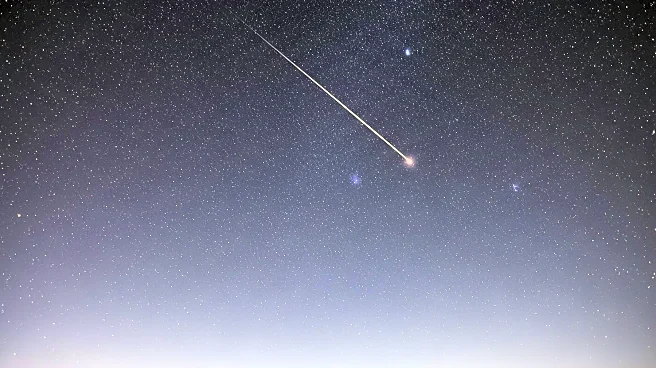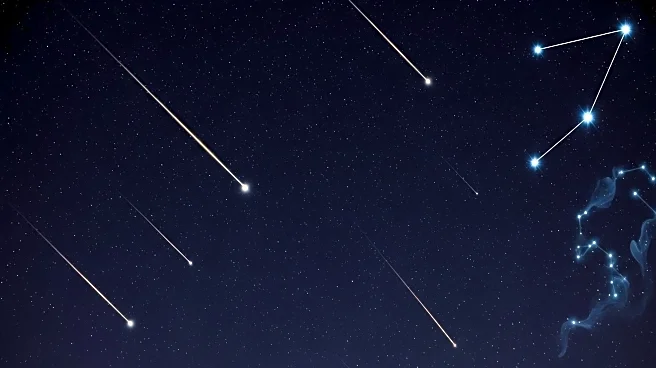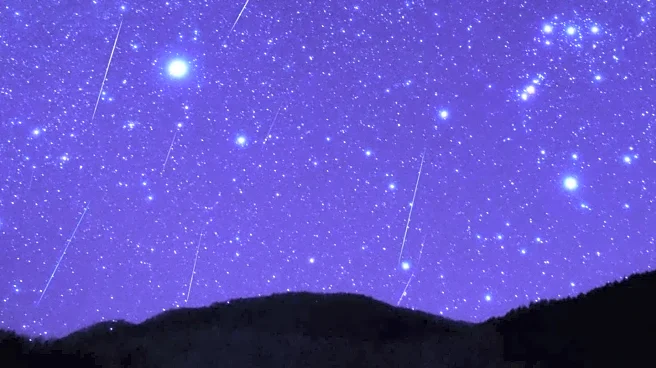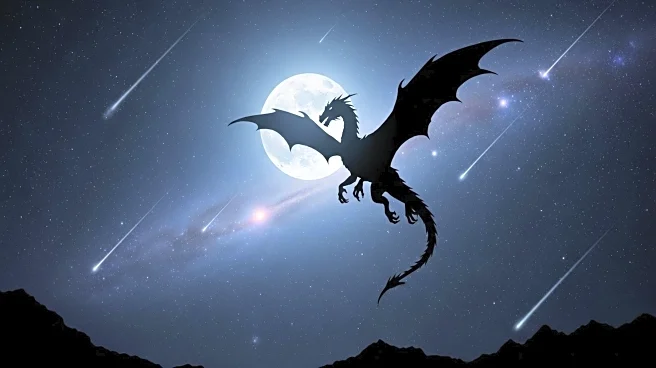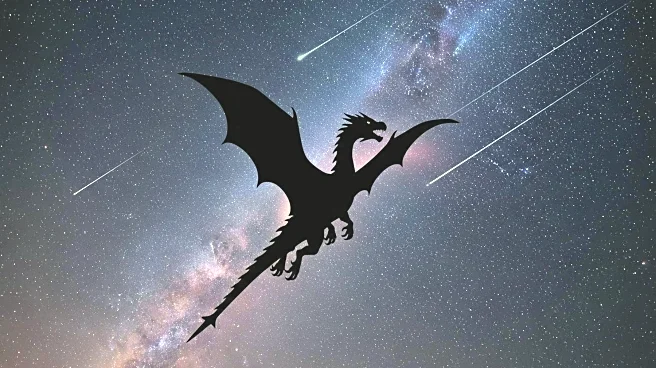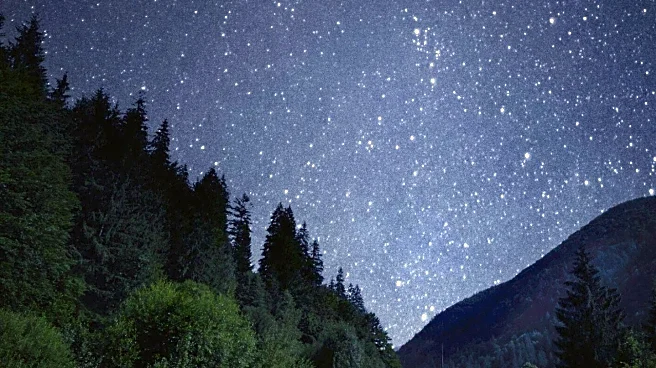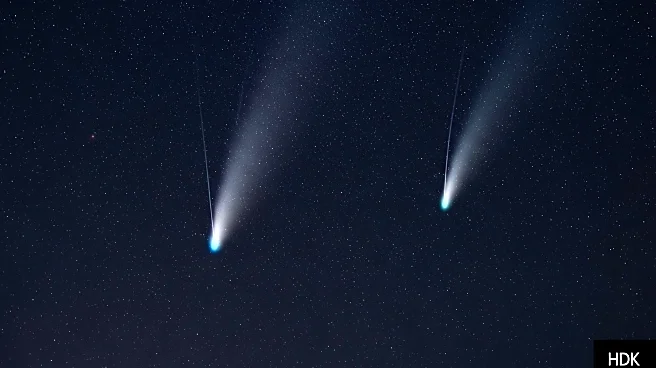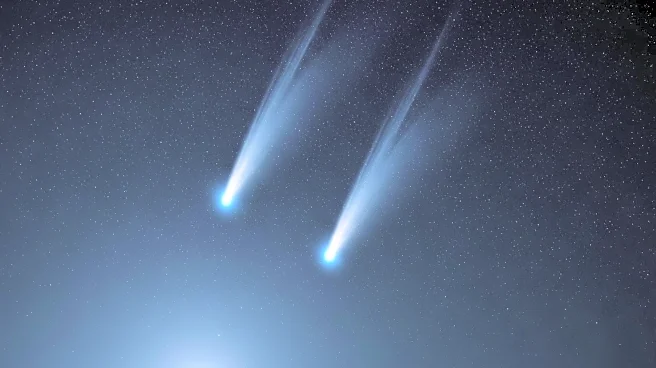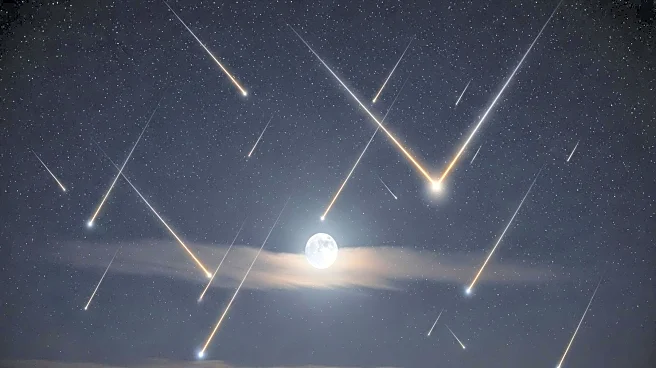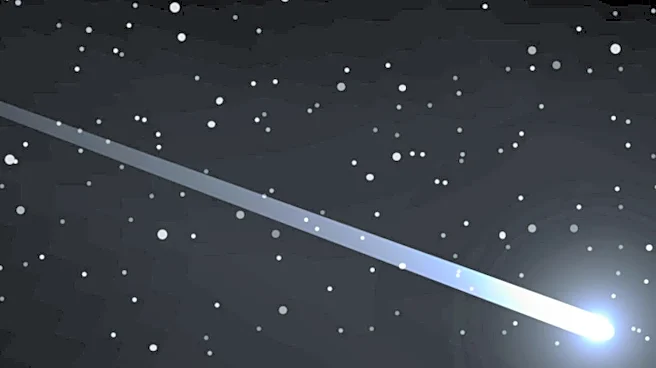What's Happening?
CNET provides a guide to the Orionids meteor shower, which is linked to Halley's Comet. The shower is expected to peak on the night of October 20 and the morning of October 21, offering 10 to 20 meteors per hour under ideal conditions. The article explains that the Orionids are known for their bright, fast-traveling meteors, which can leave trails lasting several seconds. The shower is visible from now through early November, with the best viewing times between midnight and dawn.
Why It's Important?
Meteor showers like the Orionids offer a spectacular natural display that can engage the public and increase interest in astronomy. They provide an opportunity for people to connect with the night sky and appreciate the beauty of celestial phenomena. The Orionids, being one of the longest-running meteor showers, allow for extended observation periods, making it accessible to a wider audience. Such events can also serve as educational moments, promoting awareness of astronomical cycles and the history of comets like Halley's Comet.
What's Next?
The article advises viewers to seek locations away from city lights to minimize light pollution and maximize visibility. It suggests traveling east to avoid urban light interference. The Orionids will continue to be visible until early November, with peak activity expected on October 20-21. Observers are encouraged to plan their viewing sessions around these dates for optimal meteor sightings.
Beyond the Headlines
The Orionids meteor shower highlights the ongoing interaction between Earth and cosmic debris, offering insights into the dynamics of our solar system. It underscores the importance of preserving dark skies for astronomical observations and raises awareness about the impact of light pollution. The event also serves as a reminder of the historical significance of Halley's Comet, which has been observed for centuries.

